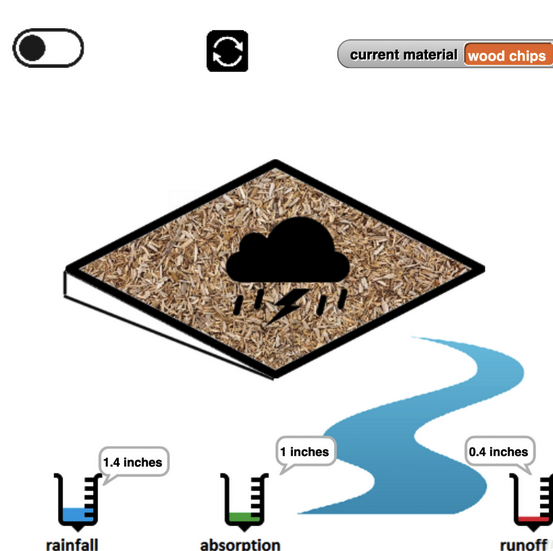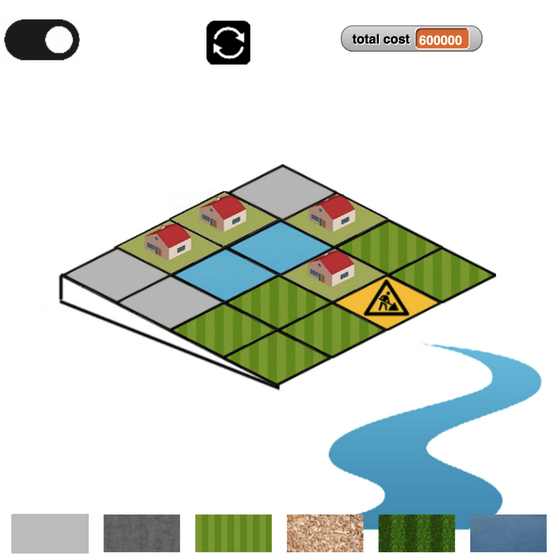SPICE is addressing the critical need for curriculum materials that integrate science, engineering, and computational thinking

SPICE curriculum materials blend disciplinary core ideas, science and engineering design practices, and crosscutting concepts as called for in the the Next Generation Science Standards (NGSS). We incorporate principles of evidence-centered design, knowledge integration, and informed engineering design to develop project-based curriculum materials that promote the integration of science, engineering, and computational thinking (CT).
Our development goals include
Broadening STEM ParticipationSPICE promotes the broadening of participation in STEM and computing, especially among underrepresented student populations. To achieve this aim, the SPICE team collaborates with schools serving populations of culturally, economically, and linguistically diverse students. Our design process incorporates a fair and equitable design framework, helping to ensure that assessments, curriculum materials, and technology supports are relevant, fair, and helpful to these diverse student groups. Further, our curriculum materials will be freely available to teachers and school districts. |
The Water Runoff Design ChallengeThe 3-week project-based curriculum unit engages upper elementary students in a hands-on activities and technology-supported inquiry curriculum. Students investigate the cause of urban water runoff and design school grounds in a way that minimizes impacts from this runoff. Students use the C2STEM computational modeling environment to develop a computational model of water runoff, investigate system model variables, and test their designs against various criteria.   |